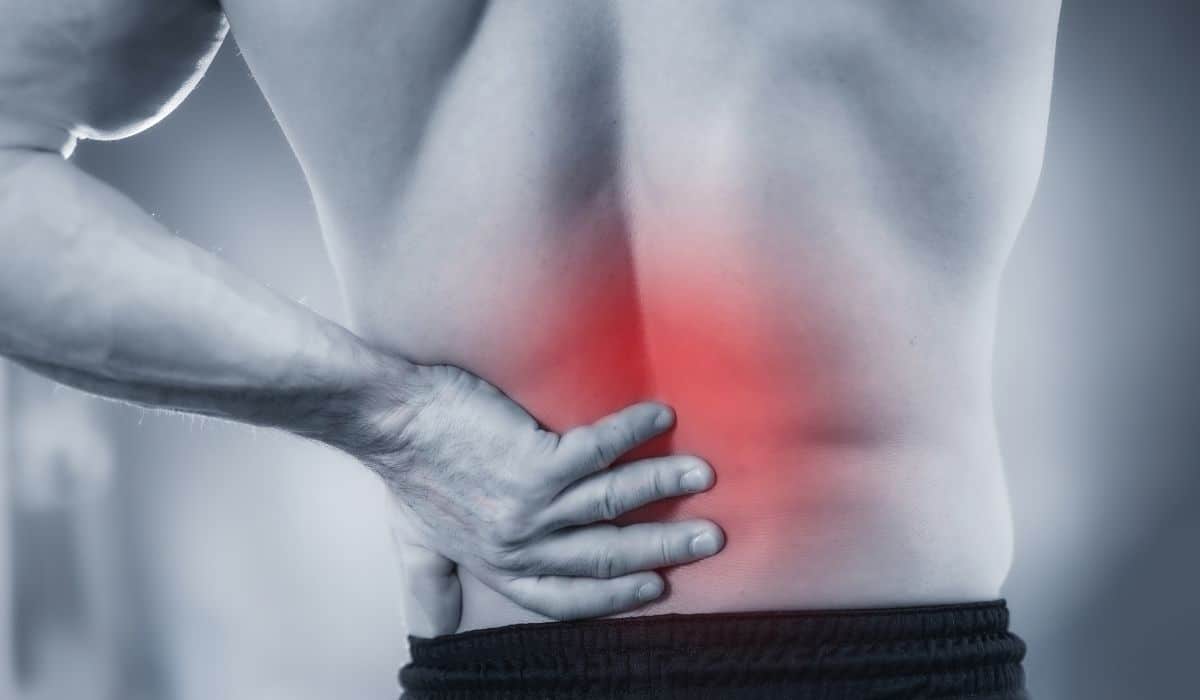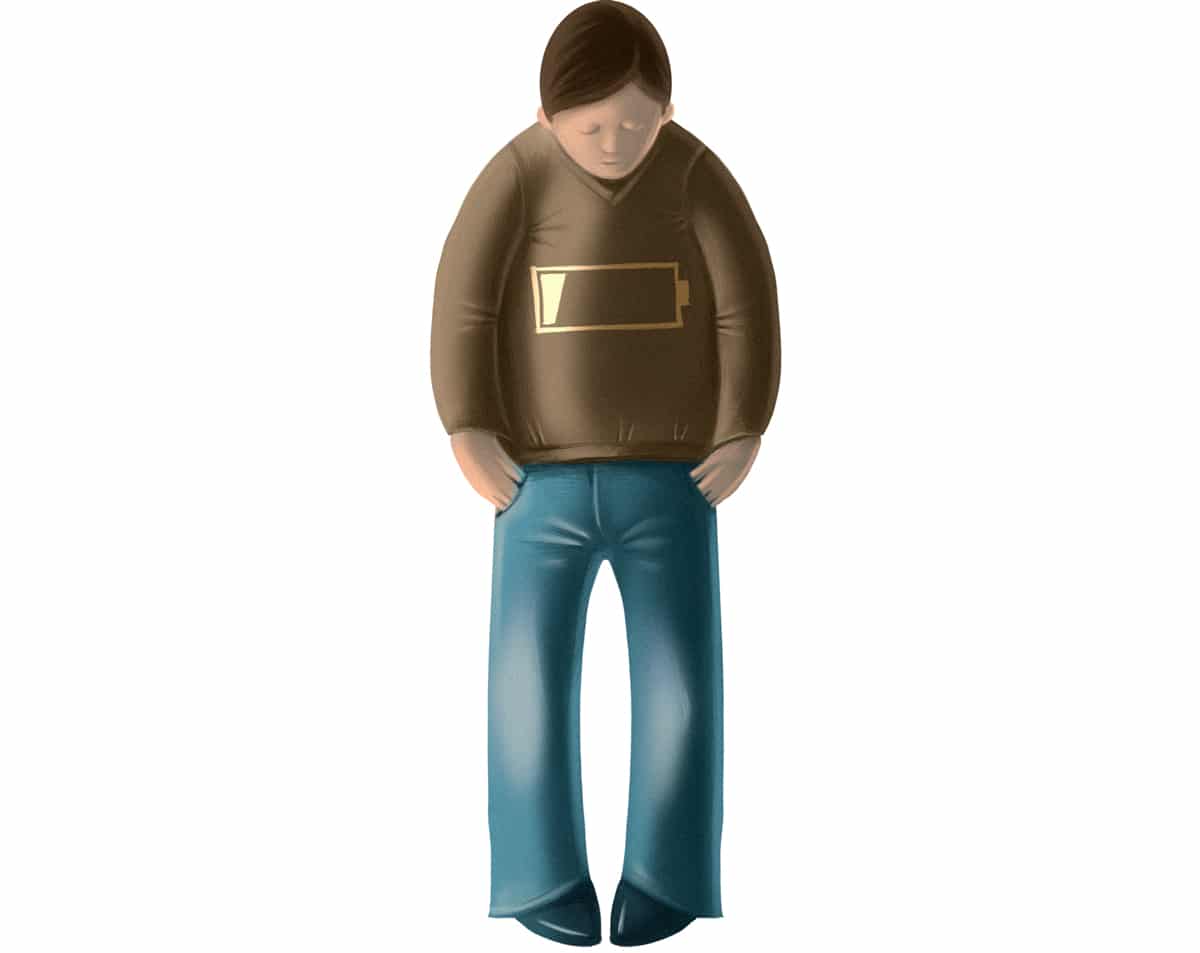
If you had to guess the most common health-related cause of missing work worldwide, what would you guess? Maybe you’d pick one of the chronic diseases (diabetes, heart disease, cancer…) that you can’t escape every time you turn on the news. Or maybe you’d get more international – the vast majority of the world’s population lives in developing countries, so what about water-borne diseases, air pollution-related diseases, or malaria?
Either way, you’d be wrong: the correct answer is lower back pain.
In this two-part series, we’ll be looking at back pain from Paleo perspective, starting from the evolutionary history of the human spine and moving on to what kinds of movement patterns and other lifestyle factors can affect back pain for those of us who no longer live in caves. Part 1 is all about the problem: why do so many people have lower back pain?
The Paleo Perspective: It Starts with Evolution
Paleo is all about evolutionary history – not because we want to imitate cavemen, but because we can learn a lot about our health problems as a species by looking at what we’re adapted to and what we aren’t.
In one sense, our chronic back problems can definitely be understood as a problem of evolution: just take a look at the way a chimpanzee gets around, and compare it to the way you move. The human spine was originally designed for chimp-style movement and loading, and as humans started walking upright, it had to adapt to a completely different way of bearing weight. The inward curve of your lower back is a postural compromise that kind of works most of the time, but it’s very prone to injury and pain no matter what you do, especially as you get older.
The evolutionary adaptation to walking on two legs is very far from perfect. Our bodies can walk upright, in the same way that you can use a paring knife as a makeshift screwdriver: it works OK for a while, but chances are pretty high that given enough wear and tear, the whole thing is going to start breaking.
So we’re Doomed to Back Pain?
Nope! For one thing, humans are really great at making up for our biological limitations with culture. We don’t have any fur to protect us from the cold? No problem; we’ll just invent clothes and fire. No claws to hunt things down with? Enter the knife…and then the sword, and the bow and arrow, and the gun.
Humans are great at overcoming our physical limitations through technology, but unfortunately we’re just as great at messing things up for ourselves: just take a look at what we’ve done with our food system. And from our species history we can probably guess at a few aspects of modern life that might be messing with our lower backs way more than necessary.
Sitting is Not the Whole Story
The easy culprit for modern back pain is sitting: most of us sit all day, typically in chairs that let us slump over and completely disengage our core muscles. But sitting for work is only weakly associated with lower back pain., and even when you look at posture specifically, postural misalignment (e.g. slumping) isn't necessarily connected to the sensation of pain at all. Some people who slump have no pain, and some people who don't slump have pain. Manual labor and physical work is a much stronger risk factor for lower back pain than sit-down office jobs.
That doesn’t make sense if you’re blaming sitting, but what if the problem isn’t the sitting itself? What if the problem is really what happens when we stop sitting and then suddenly burst into a frenzy of intense and repetitive exercise (treadmill, elliptical, weight machines), without paying attention to proper form or appropriate intensity?
If you’re still stuck in the model of “earning” calories via exercise, this should be a familiar pattern: sit down all day, so you feel guilty and sloppy, so you kill it at the gym to “make up for” the completely sedentary workday, and then you’re sore and tired so you sit back down, because hey, you exercised, right? And then you approach your next workout stiff from sitting, un-warmed-up (can’t waste any gym time on warmups; you have calories to burn!), and just begging to strain something or get sucked into poor movement patterns that eventually cause overuse injury or just cause pain because you're sore and stiff and overworked. Of course, exercise can cause all these problems in people who don’t sit all day, but if you’re already stiff and immobile, it’s much more likely to be an issue.

In other words, what if the problem is the combination of sitting for 23 hours and doing intense but repetitive motion for 1? That would also explain why manual labor is such a risk factor: even more repetitive motions, probably with imperfect form and less-than-ideal recovery or mobility exercises. Posture when you're not under a load might not be associated with severity of pain, but posture under stress (running, jumping, lifting weights) matters much more, and the modern model of "exercise" doesn't exactly set anyone up to have good muscle symmetry and proper form under a heavy squat.
Maybe the ideal human movement pattern is varied movements with broken-up periods of rest – it’s bad to sit down all day and then destroy yourself for an hour at the gym, but it’s also bad to swing a hammer in exactly the same arc all day. That would probably fit with what we know about the actual Paleolithic: we certainly weren’t evolving to meet the demands of either office jobs or repeating the same motion day in and day out without a break.
But there are also all kinds of problems that can cause back pain in ways completely unrelated to sitting or exercise. Arthritis, kidney stones, gallbladder problems, tumors of various kinds, and degenerative disc disease are a few of them. Lower back pain is also very tangled up with mental health concerns - depression, anxiety, and other mental illnesses are associated with lower back pain, although it's not clear what causal relationship is going on, if there is one at all. All of these things are also affected by the modern diet, environment, and lifestyle, in ways that have nothing to do with how much or how correctly you sit.
In the vast majority of cases, the cause of the pain is unclear, and 90 to 95% percent of lower back pain goes away on its own after 12 weeks, even if there’s no intervention at all. But the problem is that the pain often comes back, which indicates an unresolved problem – an underlying muscle imbalance, a pattern of behavior that isn’t working, or a chronic disease (e.g. arthritis) that’s still there. So given such a vague symptom that can be caused by so many different problems, is there actually any way to prevent or treat it?
In Part 2, we’ll explore a few different studies on various types of exercise, postural corrections, dietary practices, and other lifestyle factors, and how all of that fits into the Paleo framework.





Leave a Reply